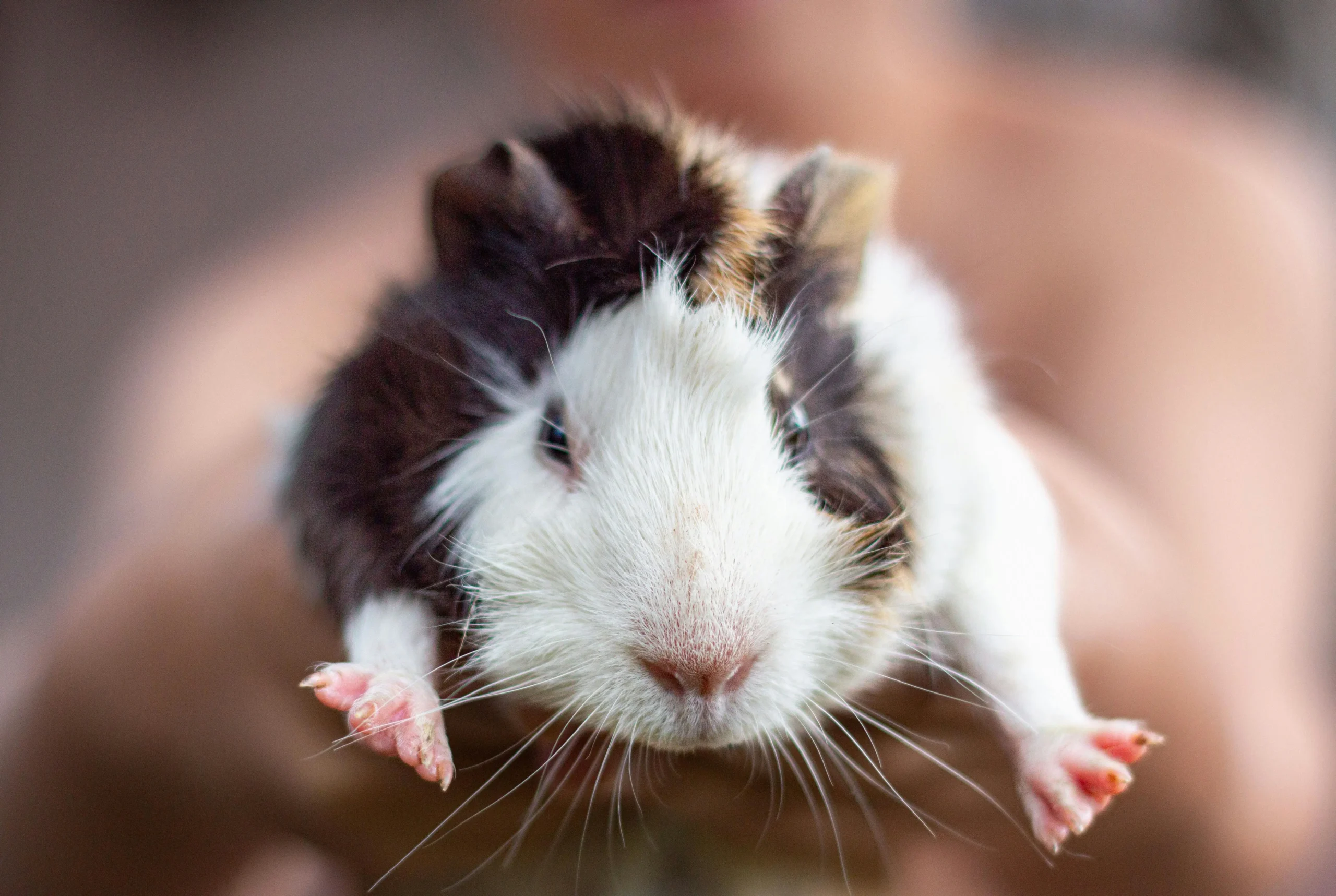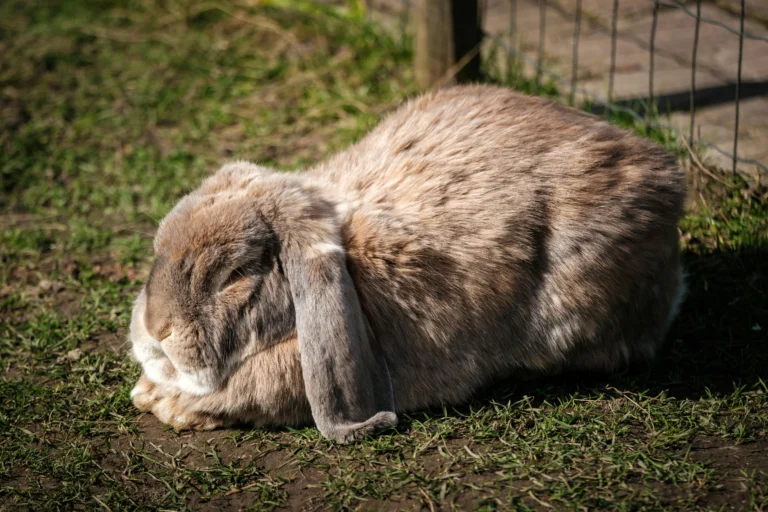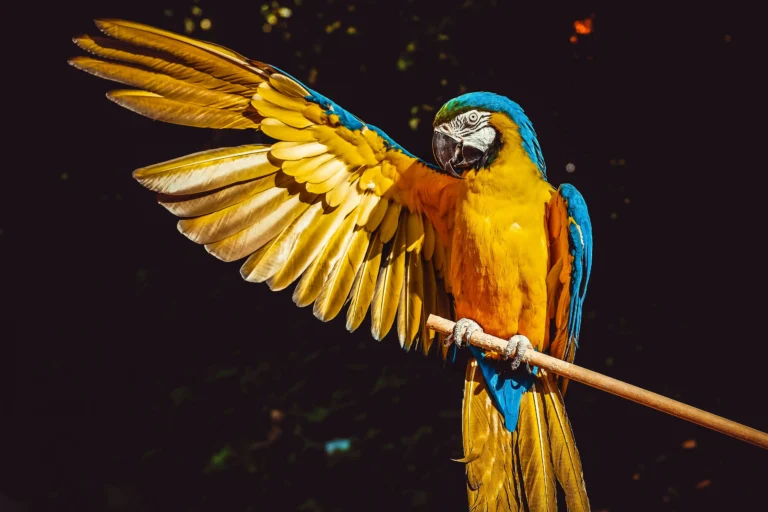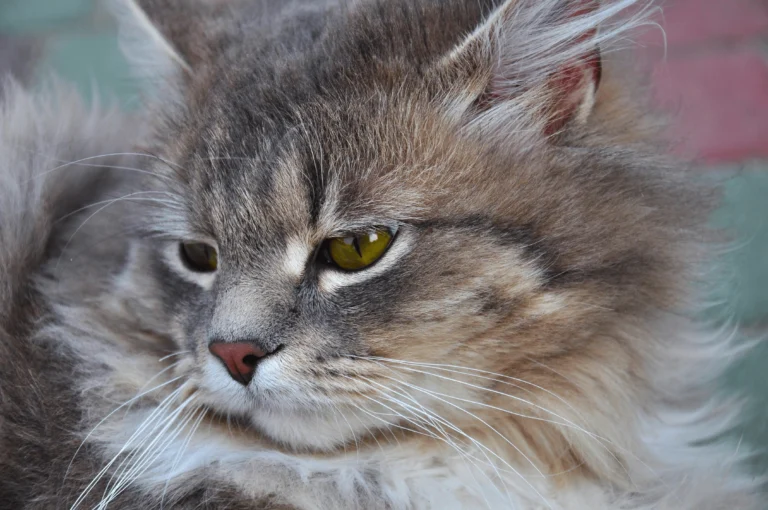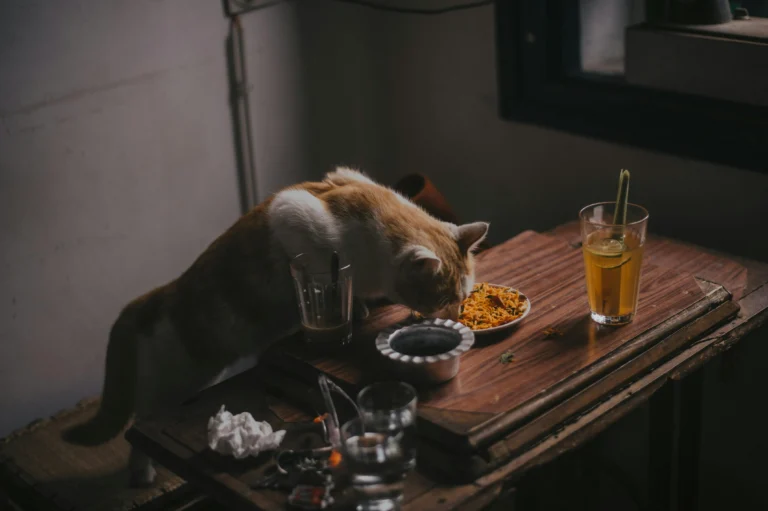Senior Hamster Lifespan: How to Extend Your Pet’s Golden Years
As your beloved hamster enters their twilight years, understanding senior hamster lifespan becomes crucial for providing the best possible care. The senior hamster’s lifespan typically begins around 18-24 months for most breeds, marking a significant transition that requires specialized attention and care adjustments. With proper knowledge and dedication, you can significantly impact your senior hamster’s lifespan and ensure your furry companion enjoys their golden years to the fullest.
Table of Contents
Essential Senior Hamster Products
Habitat & Comfort:
- Low-entry cage or horizontal habitat
- Extra-soft bedding (paper-based or fleece)
- Shallow food dishes (ceramic/glass)
- Multiple water bottles at different heights
- Gentle ramps (textured for grip)
- Orthopedic sleeping huts
Nutrition & Health:
- Senior hamster pellets (higher fiber, lower fat)
- Gram scale for weight monitoring
- Syringe for assisted feeding if needed
- Probiotic supplements (vet-approved)
- Vitamin C drops for immune support
Exercise & Enrichment:
- Silent exercise wheel (larger diameter)
- Low-level tunnels and hideouts
- Puzzle feeders with larger openings
- Soft chew toys for dental health
- Heating pad (ceramic, low-wattage)
Monitoring Tools:
- Digital thermometer/hygrometer
- Care journal or tracking app
- First aid kit with safe medications
- Carrier for vet visits
Comfort Accessories:
- Fleece blankets for extra warmth
- Non-slip mats for cage floors
- Easy-access litter box
- Gentle grooming brush
These products specifically address the mobility, health, and comfort needs that become critical during a hamster’s senior years, helping to maximize both quality and length of their golden years.
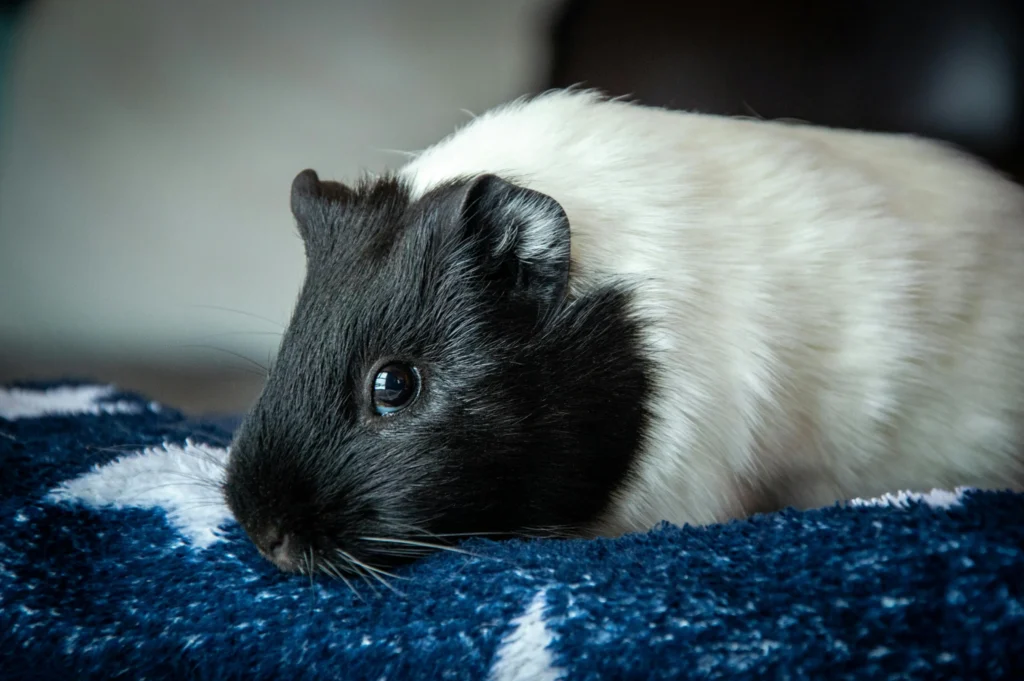
Understanding the Senior Hamster Life Stage
When Does a Hamster Become Senior?
The transition to senior status varies significantly among hamster breeds, directly affecting senior hamster lifespan expectations. Syrian hamsters typically reach their senior phase around 18-20 months, while dwarf varieties may show aging signs as early as 15-18 months. Understanding this timeline is essential for optimizing a senior hamster’s lifespan through proactive care measures.
Key indicators that your hamster is entering their senior phase include:
- Decreased activity levels and longer sleep periods
- Graying or thinning of fur, particularly around the face
- Slower movement and reduced climbing abilities
- Changes in eating and drinking patterns
- Increased susceptibility to temperature fluctuations
Research from veterinary institutions suggests that recognizing these early signs can add 3-6 months to the average senior hamster’s lifespan through timely intervention and care modifications.
Breed-Specific Senior Hamster Lifespan Expectations
Different hamster breeds have varying senior hamster lifespan potentials, influenced by genetics, size, and metabolic rates. Syrian hamsters, being larger, often have a senior hamster’s lifespan ranging from 6-12 months, while dwarf varieties may experience 4-8 months of senior living. Chinese hamsters fall somewhere between, with an average senior hamster lifespan of 5-10 months.
Understanding your specific breed’s senior hamster lifespan characteristics allows for targeted care strategies that can maximize both quality and quantity of life during these precious final months.
Essential Dietary Modifications for Senior Hamsters
Nutritional Needs During Senior Hamster Lifespan
As hamsters age, their nutritional requirements change dramatically, directly impacting senior hamster lifespan quality and duration. Senior hamsters require easily digestible proteins, reduced fat content, and increased fiber to support their aging digestive systems. Studies indicate that proper dietary adjustments can extend a senior hamster’s lifespan by up to 20%.
Optimal senior hamster nutrition includes:
High-Quality Protein Sources (18-20% of diet):
- Cooked chicken breast (small pieces)
- Hard-boiled egg whites
- Mealworms (in moderation)
- High-quality commercial senior hamster pellets
Digestive Support Foods:
- Steamed vegetables like carrots and broccoli
- Small amounts of plain oatmeal
- Pumpkin seeds for healthy fats
- Fresh herbs like parsley and cilantro
Hydration and Senior Hamster Lifespan
Proper hydration becomes increasingly critical during a senior hamster’s lifespan, as older hamsters may struggle with water bottle accessibility or forget to drink regularly. Dehydration can significantly shorten a senior hamster’s lifespan and reduce its quality of life.
Hydration strategies include:
- Providing multiple water sources at different heights
- Offering water-rich vegetables like cucumber
- Monitoring daily water intake (should be 10ml per 100g body weight)
- Using shallow dishes if bottle access becomes difficult
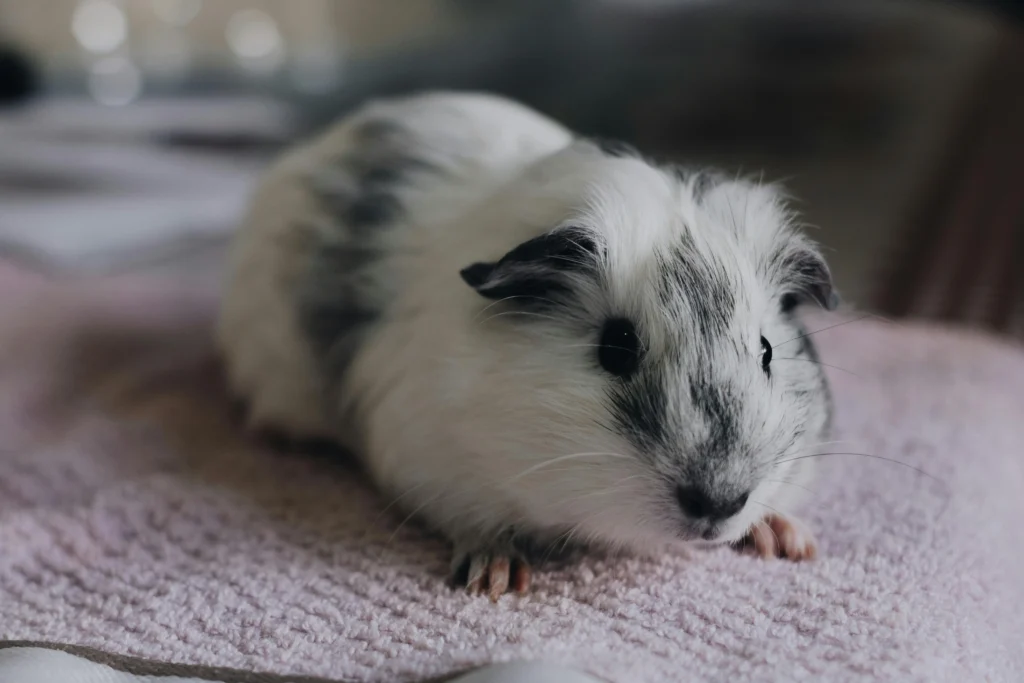
Creating the Optimal Environment for Senior Hamsters
Housing Modifications to Support Senior Hamster Lifespan
Environmental adaptations play a crucial role in maximizing senior hamster comfort and safety. As mobility decreases, traditional cage setups may become challenging or dangerous for senior hamsters, potentially limiting their senior hamster lifespan if not properly addressed.
Essential Habitat Modifications:
Accessibility Improvements:
- Lower platforms and reduce height differences
- Add ramps with gentle slopes (no steeper than 30 degrees)
- Provide multiple food and water stations
- Install grip-enhancing surfaces on smooth platforms
Comfort Enhancements:
- Increase bedding depth for joint support
- Provide orthopedic sleeping areas with soft materials
- Ensure consistent temperature (68-72°F is optimal)
- Reduce bright lighting and provide cozy hiding spots
Safety Considerations:
- Remove or modify exercise wheels if mobility is limited
- Eliminate gaps where senior hamsters might get stuck
- Ensure all cage accessories are easily accessible
- Consider switching to horizontal rather than vertical cage layouts
Temperature Control and Senior Hamster Lifespan
Senior hamsters struggle with temperature regulation, making climate control essential for optimal senior hamster lifespan. Temperature fluctuations can stress senior hamsters’ systems, potentially reducing their lifespan significantly.
Maintain stable temperatures between 68-72°F with humidity levels around 40-60%. Use ceramic heat sources rather than heat lamps, and provide extra bedding materials during colder months to support a comfortable senior hamster lifespan.
Health Monitoring and Veterinary Care
Common Health Issues Affecting Senior Hamster Lifespan
Understanding prevalent health conditions helps extend senior hamster lifespan through early intervention and appropriate treatment. Regular monitoring becomes increasingly important as hamsters age, with weekly health checks potentially adding months to a senior hamster’s lifespan.
Frequent Senior Hamster Health Concerns:
Dental Problems:
- Overgrown or misaligned teeth
- Difficulty eating hard foods
- Drooling or wet chin fur
- Weight loss despite adequate food availability
Kidney and Urinary Issues:
- Increased urination frequency
- Strong-smelling urine
- Lethargy and decreased appetite
- Difficulty maintaining proper hydration
Joint and Mobility Problems:
- Stiffness, particularly after sleep
- Reluctance to climb or exercise
- Hunched posture or altered gait
- Decreased grooming ability
Digestive Complications:
- Changes in stool consistency or frequency
- Bloating or apparent discomfort after eating
- Reduced appetite or selective eating
- Weight fluctuations
Preventive Care Strategies for Senior Hamster Lifespan
Proactive healthcare measures can significantly impact senior hamster lifespan outcomes. Regular veterinary checkups, ideally every 3-4 months during the senior phase, help identify and address issues before they become life-threatening, potentially extending senior hamster’s lifespan considerably.
Preventive Care Protocol:
- Weekly weight monitoring using a gram scale
- Daily observation of eating, drinking, and elimination habits
- Monthly nail trims if needed (senior hamsters may have difficulty wearing down nails naturally)
- Quarterly veterinary examinations, including dental checks
- Immediate attention to any behavioral or physical changes
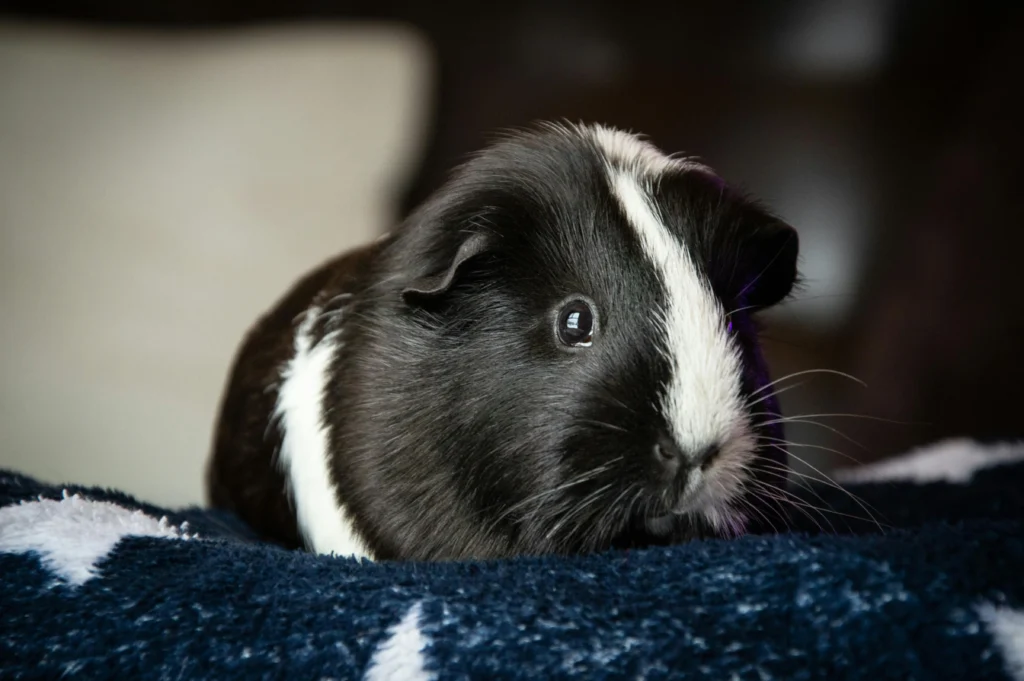
Exercise and Mental Stimulation for Senior Hamsters
Adapting Activity for Senior Hamster Lifespan
While exercise needs change during a senior hamster’s lifespan, maintaining appropriate activity levels remains crucial for physical and mental health. Modified exercise routines can help preserve muscle tone, joint flexibility, and cognitive function throughout the senior hamster’s lifespan.
Senior-Appropriate Activities:
Low-Impact Exercise Options:
- Short supervised free-roam sessions in hamster-proofed areas
- Gentle exploration of new textures and surfaces
- Modified obstacle courses with lower heights and gentler slopes
- Swimming opportunities for hamsters who enjoy water (under close supervision)
Mental Stimulation Techniques:
- Puzzle feeders with larger openings for easier access
- Rotating toys to maintain interest without overwhelming
- Scent trails using safe herbs and spices
- Gentle handling and interaction sessions
Social Interaction During Senior Hamster Lifespan
Senior hamsters often benefit from increased gentle human interaction, which can positively impact their lifespan through reduced stress and enhanced bonding. However, interactions should be adjusted to accommodate reduced energy levels and potential sensitivity during the senior hamster’s lifespan.
Optimal interaction strategies include short, frequent bonding sessions, gentle petting if tolerated, and talking softly to provide comforting familiarity. Avoid overwhelming senior hamsters with excessive handling or stimulation that might stress their aging systems.
Managing Pain and Comfort During Senior Years
Recognizing Discomfort in Senior Hamsters
Pain management becomes increasingly important during a senior hamster lifespan, as chronic conditions like arthritis become more common. Recognizing signs of discomfort early allows for appropriate intervention that can significantly improve the quality of life throughout a senior hamster’s lifespan.
Signs of Pain or Discomfort:
- Changes in posture or movement patterns
- Increased irritability or defensive behavior
- Reduced interest in favorite activities or treats
- Altered sleep patterns or restlessness
- Decreased appetite or selective eating
Natural Comfort Measures for Senior Hamster Lifespan
While veterinary treatment should always be the first line of defense for pain management, several natural comfort measures can complement professional care during a senior hamster’s lifespan.
Environmental Comfort Strategies:
- Provide extra-soft bedding materials like shredded tissue paper
- Offer multiple comfortable sleeping areas at different temperatures
- Reduce noise and sudden disturbances
- Maintain consistent daily routines to minimize stress
Gentle Physical Support:
- Offer easy access to food and water without requiring significant movement
- Provide low-sided dishes to reduce neck strain during eating
- Consider shallow substrate areas for easier movement
- Ensure all necessary resources are within easy reach
Emotional Support and Quality of Life
Maintaining Joy During Senior Hamster Lifespan
Quality of life considerations become paramount during a senior hamster’s lifespan, with emotional well-being playing a crucial role in overall health outcomes. Senior hamsters may experience anxiety or depression as their abilities change, making emotional support essential for optimal senior hamster lifespan.
Emotional Support Strategies:
Consistency and Routine:
- Maintain regular feeding schedules
- Provide predictable interaction times
- Keep familiar items and scents in the environment
- Minimize unnecessary changes to habitat setup
Comfort and Security:
- Offer multiple hiding spots for security
- Provide soft materials for nesting and comfort
- Maintain quiet, peaceful environments
- Ensure easy access to all comfort resources
When to Consider End-of-Life Decisions
Making end-of-life decisions is perhaps the most difficult aspect of senior hamster lifespan care. Understanding when quality of life has diminished beyond reasonable comfort levels requires careful observation and often professional guidance.
Quality of Life Indicators:
- Ability to eat and drink independently
- Maintenance of basic grooming behaviors
- Response to favorite treats or interactions
- Apparent comfort levels during rest and activity
- Overall alertness and interest in surroundings
Consult with an exotic veterinarian when quality of life concerns arise, as they can provide an objective assessment and guidance for difficult decisions during a senior hamster’s lifespan.
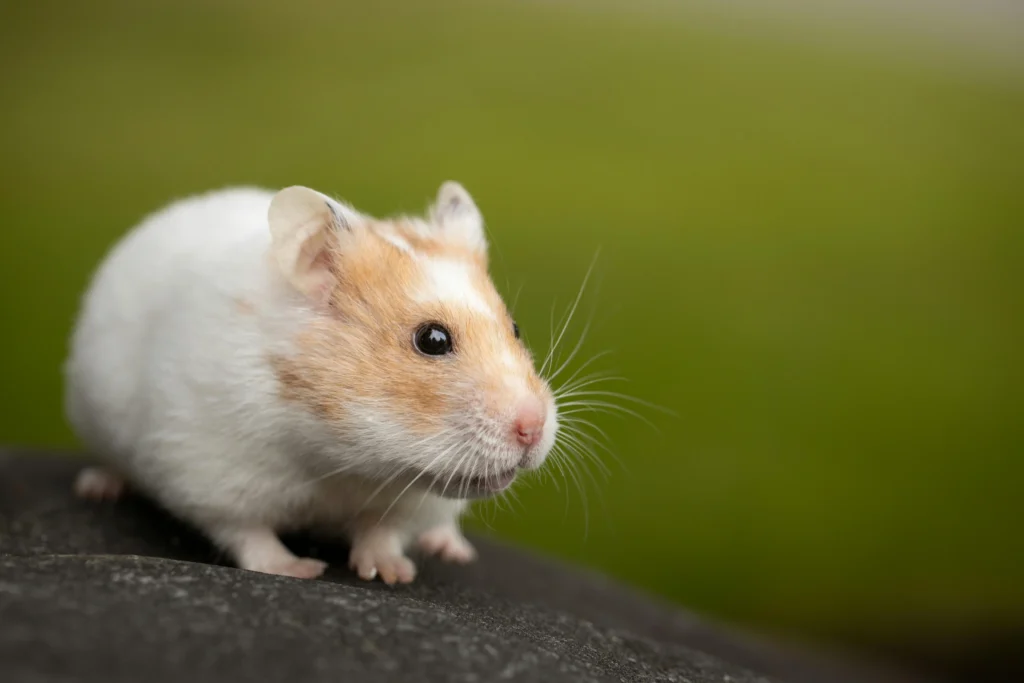
Maximizing Senior Hamster Lifespan: A Comprehensive Approach
Creating a Senior Care Plan
Developing a comprehensive care plan specifically tailored for senior hamster lifespan ensures all aspects of your pet’s well-being are addressed systematically. This proactive approach can add significant time and quality to a senior hamster’s lifespan while reducing stress for both pet and owner.
Components of an Effective Senior Care Plan:
Daily Monitoring Checklist:
- Morning appetite and activity assessment
- Water intake verification
- Evening comfort and mobility check
- Behavioral observation for changes or concerns
Weekly Care Tasks:
- Weight monitoring and recording
- Habitat deep cleaning and safety inspection
- Exercise and enrichment activity evaluation
- Social interaction and bonding time
Monthly Professional Care:
- Veterinary checkup scheduling and preparation
- Care plan adjustment based on changing needs
- Emergency preparedness review and update
- Quality of life assessment and documentation
Record Keeping for Senior Hamster Lifespan
Maintaining detailed records throughout a senior hamster’s lifespan provides valuable insights into your pet’s condition and helps veterinarians make informed treatment decisions. Consistent documentation can reveal patterns that might otherwise go unnoticed, potentially extending senior hamster lifespan through early intervention.
Essential Records to Maintain:
- Daily food and water intake measurements
- Weekly weight recordings
- Behavioral changes and timing
- Medication schedules and responses
- Veterinary visit summaries and recommendations
- Environmental modifications and their effectiveness
Conclusion
Caring for a hamster during their senior hamster lifespan requires dedication, patience, and specialized knowledge, but the rewards of providing comfort and love during these precious final months are immeasurable. By implementing comprehensive dietary modifications, environmental adaptations, health monitoring protocols, and emotional support strategies, you can significantly impact both the length and quality of your pet’s senior hamster lifespan.
Remember that every hamster is unique, and a senior hamster’s lifespan experiences will vary based on genetics, previous care, and individual health factors. The key to success lies in observing your pet’s changing needs and adapting care accordingly while working closely with veterinary professionals who understand the complexities of a senior hamster’s lifespan.
The journey through a senior hamster’s lifespan may present challenges, but it also offers opportunities for deeper bonding and meaningful caregiving. By focusing on comfort, dignity, and quality of life, you can ensure your beloved companion’s final chapter is filled with love, care, and peace.
Frequently Asked Questions (FAQs)
How long is the typical senior hamster lifespan?
The senior hamster’s lifespan varies by breed, typically lasting 4-12 months. Syrian hamsters generally have a senior hamster lifespan of 6-12 months, while dwarf varieties may experience 4-8 months of senior living. Proper care can significantly extend a senior hamster’s lifespan, quality, and duration.
What are the first signs that my hamster is entering their senior years?
Early indicators of senior hamster lifespan include decreased activity, graying fur, slower movements, changes in eating patterns, and increased sleep. Recognizing these signs early allows for timely care adjustments that can positively impact a senior hamster’s lifespan.
Should I change my senior hamster’s diet?
Yes, dietary modifications are crucial during a senior hamster’s lifespan. Senior hamsters need easily digestible proteins, reduced fats, and increased fiber. Proper nutrition during a senior hamster’s lifespan can extend life by up to 20% according to veterinary research.
How often should senior hamsters see a veterinarian?
During a senior hamster’s lifespan, veterinary checkups should occur every 3-4 months, or more frequently if health issues arise. Regular professional monitoring is essential for optimal senior hamster lifespan outcomes.
Can senior hamsters still exercise?
Yes, but exercise should be modified during the senior hamster’s lifespan. Low-impact activities, shorter play sessions, and accessible equipment help maintain health throughout a senior hamster’s lifespan while accommodating reduced mobility.
What environmental changes help senior hamsters?
Senior hamster lifespan benefits from lower platforms, gentler ramps, multiple food/water stations, softer bedding, stable temperatures (68-72°F), and reduced cage height differences. These modifications significantly improve the senior hamster’s lifespan comfort.
How do I know if my senior hamster is in pain?
Pain indicators during a senior hamster’s lifespan include posture changes, increased irritability, reduced activity interest, altered sleep patterns, and decreased appetite. Professional evaluation is essential when pain is suspected during a senior hamster’s lifespan.
When should I consider end-of-life decisions for my senior hamster?
End-of-life decisions during a senior hamster’s lifespan should be considered when quality of life significantly diminishes – inability to eat independently, lack of grooming, unresponsiveness to favorite treats, or apparent discomfort. Consult with an exotic veterinarian for guidance during difficult senior hamster lifespan decisions.

